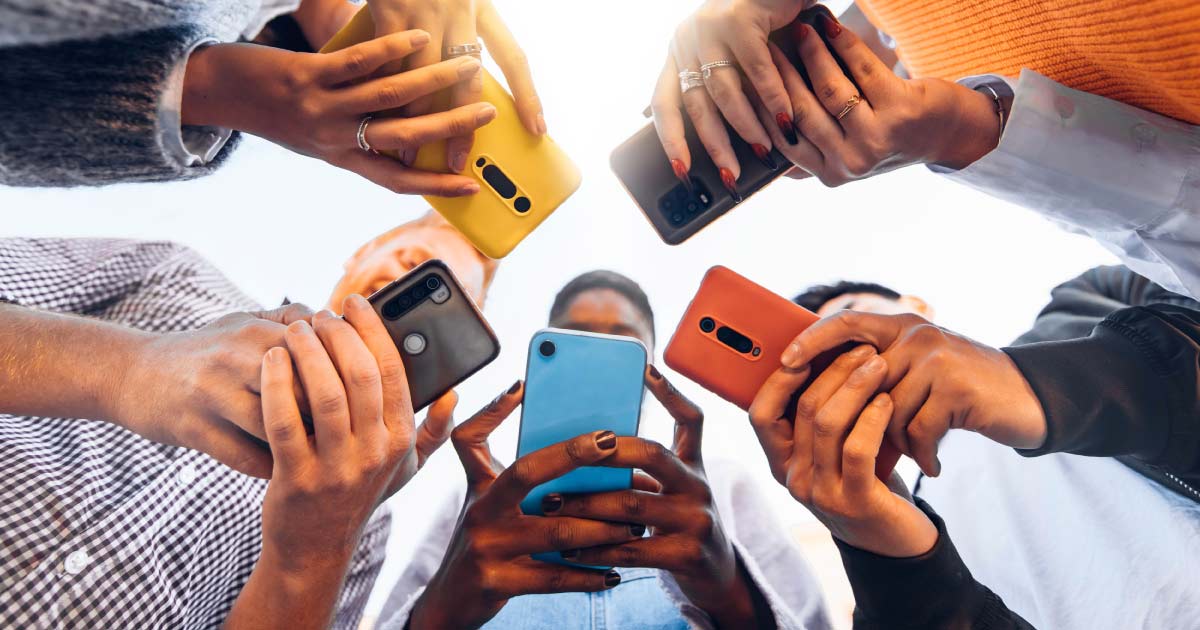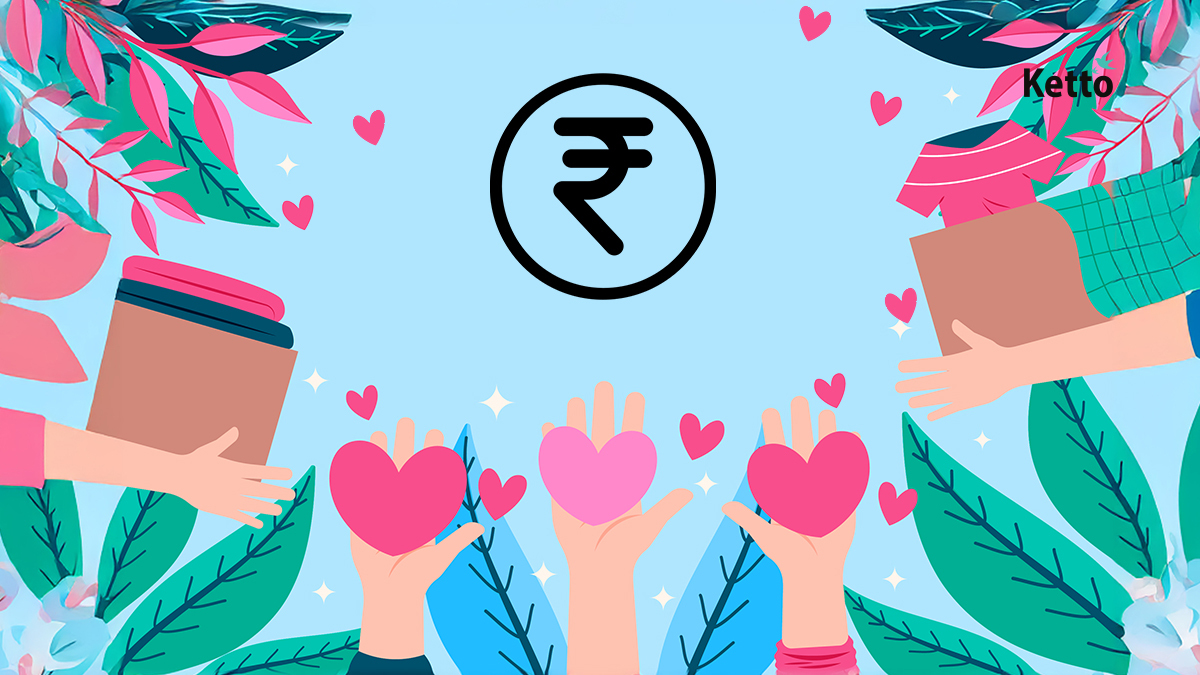It used to be so simple.
You called donors over the phone, sent handwritten thank you notes, sometimes met with them in person.
While you can reach more people now thanks to a variety of digital channels, building an authentic, lasting relationship feels harder. There are several reasons why.
CURRENT RELATIONSHIP-BUILDING CHALLENGES
1. The explosion of marketing channels
The sheer quantity of ways you can get in front of donors can distract you from your main purpose. It also makes each communication feel less meaningful to the donor.
2. Quick messages crowd out connection-building initiatives
By leaning more on digital avenues to connect with donors, you trade quick, mass marketing communications for deep, deliberate, individually targeted, long-term relationship-building strategies.
3. Quantity over quality
Because of the ability to get in front of more people, you are less likely to target the right people, trading quality relationships for quantity.
Fortunately, there are tactics and tools that can help you focus on the right channels, messages, and donors to build stronger relationships with your donor base.
1. Focusing on the Right Channels
While phone calls, in-person meetings, and hand-written letters and thank you cards are excellent methods of communicating and building relationships, let’s be honest. You only have so much time in a day and in order to engage your portfolio regularly, you need to rely on digital communications.
Choices abound. While social media is a one-to-many digital marketing channel, direct-marketing tactics like email and text can be very effective at engaging donors. In fact, text messaging has an astounding ROI of $71 for every $ spent. Email marketing has an equally attractive ROI of between $36 – $42 for every $1 spent.
The beauty of direct marketing channels is they allow you to have one-to-one conversations with your donors. These one-to-one conversations are much better at building strong relationships, compared to channels like print or social, because people can have a direct conversation with you by replying to an email or text.
However, in order for email and text marketing to be effective, your messages can’t be sent to the masses. They must be personalized.
2. Focusing on the Right Message
Getting personal is key to building and sustaining relationships in a digital world. A few years ago, it was challenging and time-consuming to deliver personalized emails to every donor in your portfolio, but it no longer has to be.
With the advent of AI, there are a number of nonprofit AI tools, like donor engagement platform Momentum, that enable fundraisers to create individualized communications at scale. Whether it’s event invites, donation requests, or thank you notes, AI can learn your writing style and your donor’s preferences to craft communications that resonate with each of your donors.
3. Focusing on the Right Donors
In the US, approximately 88% of philanthropic dollars come from 12% of donors. For individual charities, the ratio may be as much as 90/10, 95/5 or even more extreme. And yet, most organizations aren’t dedicating proportional resources to major gift fundraising targeting the few prospects who will provide the lion’s share of your philanthropic income.
Instead, organizations tend to over-focus on attracting new donors, and the cultivation and stewardship of high value donors often gets put on the backburner.
That’s not to say attracting new donors isn’t important. It certainly is, but not at the expense of nurturing relationships with high-value donors that could impact the trajectory of your organization.
To help you identify the right donors, Momentum leverages predictive AI to determine not only wealth capacity but also your donor’s affinity to the cause. Momentum then takes it several steps further, (1) creating a donor plan, (2) sharing when is most optimal to reach out to the donor, and (3) estimating how much you should ask for from the donor.
The predictive capabilities give you the confidence you’re making the ask at the right time, with the right message, to the right person.
CURRENT NONPROFIT RESOURCE CHALLENGES
While it’s clear focusing on the right channels, messages and donors is the only path towards sustainability, it’s just not happening much in the nonprofit world today. Why?
As behavioral scientists studying philanthropy and the psychology of giving, we noticed nonprofits were spending a lot of energy on tasks that weren’t particularly fruitful. What started as an observation, soon became a clearer need.
We conducted interviews with over 450 nonprofit professionals to understand their pain points and we walked away with three main takeaways.
1. Fundraisers are bogged down by manual tasks
We found fundraisers were spending hours each week on the manual updating of their CRMs and contact reports because the technology the industry provides is outdated and doesn’t integrate well with other tools.
2. There is a lack of resources for major gift fundraising
While major gift fundraising makes up 80% or more of an organization’s funding, the resources dedicated to fundraising for major gifts isn’t proportional. Many organizations are instead focusing on new donors that bring in much smaller gifts.
3. Donor stewardship slips through the cracks
Fundraisers are often overwhelmed and burdened by manual tasks that eat into their day, which means building donor relationships often gets put on the backburner.
With these obstacles in mind, we set out to create the AI-powered donor engagement platform, Momentum, that supports fundraisers by acting as a fundraising assistant, minimizing manual tasks, and engaging donors like never before.
Momentum is an AI-powered donor engagement platform that helps fundraisers know who the highest priority donor is, what to say to them, and when to say it. The platform identifies potential major donors, prioritizes outreach, develops donor plans, crafts donor communication, and predicts giving amounts. And, on top of that, all of the information in Momentum syncs to your CRM. It is specifically designed to both better engage donors and address fundraiser challenges.
1. Take back your day
You’re raising funds to solve huge societal problems, and yet, you rarely have the resources you need to succeed. Wouldn’t it be nice to have the equivalent of an administrative assistant to support your major gift fundraising efforts?
By creating a tool that automatically updates information to your CRM, prioritizes outreach, and crafts communications, Momentum hopes to save you time so you can focus on the initiatives that drive the greatest impact for your organization – while also sustaining your own mental well- being.
2. Use the Momentum platform to support major gift fundraising
The future of successful fundraising rests on your ability to build personal relationships. This means knowing as much about your donors as possible; then, putting what you know to work to reach out and engage people. The Momentum platform was built to do exactly this.
- Screens new donors: Anytime a new donor enters your system, Momentum screens them looking at both giving capacity and affinity to the cause to determine whether they’re a potential major donor. If they fit the bill they’ll be added to your Momentum portfolio.
- Generates a donor plan: Momentum then generates a donor plan for the new donor, planning a cadence of outreach from the initial hello, to event invites, and donation requests. You can update and edit the plan as you see fit.
- Prioritizes outreach: Every morning you’ll receive an email in your inbox outlining who you should be reaching out to that day alongside a draft of an email to the donor.
- Crafts donor communications: Momentum’s AI Assistant drafts the content by reviewing your donor’s profile and studying your writing style. The more you use it to draft emails or other communications, the better it gets at learning your style. You can then go into the Momentum platform to adjust and edit the email before sending it directly through the Momentum platform.
- Syncs to your CRM: Whether you’re emailing a donor, updating a donor profile, or adjusting a donor’s plan, it all automatically syncs to your CRM. No more copying and pasting or wasting time on manual updates.
3. Build stronger donor relationships
When it comes down to it, building donor relationships is all about a connection between two people: you and the donor. So, lean on the channels and tools that allow you to build that one-on-one connection.
And, for support in fostering donor relationships, explore Momentum with its mix of AI and behavioral science tools that help you develop relationships with donors by identifying high-priority donors for outreach, creating donor plans, and crafting communications in your writing style. It also saves fundraisers hours each week by syncing all of your communications directly to your CRM so you won’t have to copy and paste everything from one place to another.
 The preceding is a guest post by Nick Fitz, Founder& CEO of Momentum. Nick studied philosophy and policy at Grinnell and has an MA in psychology & society from University of British Columbia. His work has been featured in places like the Washington Post, New York Times, The Atlantic, and Nature. Previously, he was a Senior Behavioral Scientist at Duke’s Center for Advanced Hindsight & Startup Lab. Nick enjoys porches, funk music, and thoughtful conversations. Connect with Nick on LinkedIn.
The preceding is a guest post by Nick Fitz, Founder& CEO of Momentum. Nick studied philosophy and policy at Grinnell and has an MA in psychology & society from University of British Columbia. His work has been featured in places like the Washington Post, New York Times, The Atlantic, and Nature. Previously, he was a Senior Behavioral Scientist at Duke’s Center for Advanced Hindsight & Startup Lab. Nick enjoys porches, funk music, and thoughtful conversations. Connect with Nick on LinkedIn.
#Building #Donor #Relationships #Hard #Heres #easier










